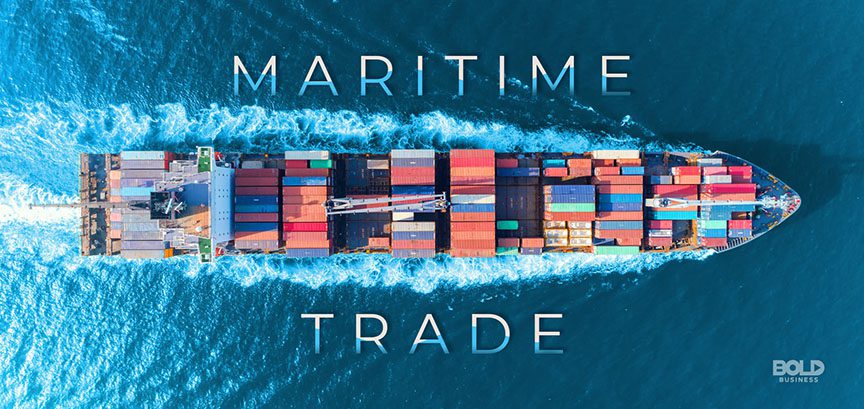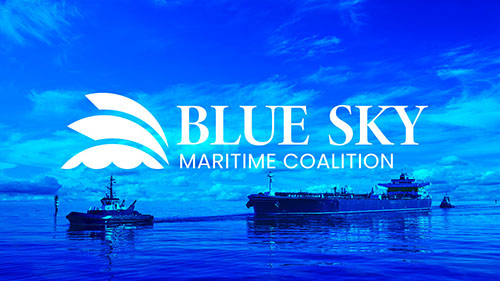Apr 29, 2025 (Bloomberg) –On Good Friday, an aging supertanker fully laden with oil and calling itself Varada arrived in the waters to the east of Malaysia after a two-month voyage from Venezuela.
The vessel raised some red flags: it was 32 years old, past the age at which it would normally have been scrapped, and it was sailing under the flag of Comoros, a popular flag of convenience that makes ships harder to monitor.
For all intents and purposes, though, it seemed like any other so-called dark fleet tanker that carries barrels of sometimes sanctioned oil from producers like Russia, Iran and Venezuela. Except it wasn’t.
The real Varada, which wasn’t sanctioned, had actually been demolished in Bangladesh in 2017. This vessel was what’s known as a zombie or phantom ship, which take on the identities of scrapped tankers to appear legitimate and avoid scrutiny from authorities in the US and elsewhere.
At least four zombie vessels have emerged in recent weeks in the sensitive Venezuelan oil trade, which has become even more risky since the Trump administrationimposed tariffson countries importing oil from the South American nation.
Bloomberg News has used ship-tracking data provided by Starboard Maritime Intelligence and analyzed satellite imagery of the waters off the José and Amuay oil export terminals in Venezuela to identify the four vessels.
The images were compared against historical photos of the four ships whose names and unique International Maritime Organization numbers they have usurped. In each case there were major discrepancies between the zombie ships and their scrapped namesakes, including deck shapes, layouts and colors. The four demolished vessels hadn’t been sanctioned by any government.
The use of zombie tankers allows dark fleet operators to circumvent restrictions on transporting oil. Bloombergfirst reportedon a zombie ship that showed up at a Chinese port last September, and in November detailed thereturnof a supposedly scrapped dark-fleet tanker. The ruse is gaining attention within the maritime community, which has long tracked the emergence of a parallel system, includingoperators,insurers,tradersandbanks, that supports the dark fleet.
Using zombie ships to transport sanctioned oil is part of a growing trend in the illicit trade in the face or tighter scrutiny. As well as using ship-to-ship transfers to mask the origins of the crude, methods such as moving to new transshipment locations, or switching transponders are becoming increasingly popular.
“Zombie ships are the third way,” said Mark Douglas, a maritime domain analyst at Starboard. “The thinking is like: ‘I can’t afford to run my own system, so I’ll use another ship’s identity to get that oil from point A to point B.’”
Varada’s imposter was the first of the four tankers leaving Venezuela that, if fully laden, would be carrying a total of 7 million barrels of oil.
From José, it sailed across the Atlantic, round the Cape of Good Hope and then through the Indian Ocean, arriving in Malaysian waters on April 18, when it stopped signaling. It stated “for orders” as its destination, and draft readings indicated it was sitting low in the water, meaning it was heavily laden with oil. Satellite images reviewed by Bloomberg show the zombie ship was still in the area on April 19, 21, 24 and 26.
Thispatch of wateroff the east coast of peninsular Malaysia is a popular transshipment point, where dark fleet ships transfer oil to other vessel, often before its delivered to Chinese refineries.
Asia’s largest economy was the No. 1 buyer of Venezuelan oil last month, with 10 tankers taking an average of 461,000 barrels per day to processors, according to US Customs and shipping data. Traders on this route have been known to use avariety of methodsto avoid scrutiny so that they can be spared from sanctions, but taking on the identities of demolished ships is a new development.
Data from Starboard and Bloomberg suggest that the ship posing as Varada is actually M Sophia, a VLCC built in 2004 that was swept up by US sanctions imposed on Russia’s oil industry in January by the outgoing Biden administration. The vessel appears to be spoofing signals that it’s in the Gulf of Guinea now. M Sophia fits the profile of a dark ship: it has no known owner, insurer, and appears to sail without a flag.
At two recent shipping conferences held in Singapore, including one organized by Vortexa, maritime-intelligence analysts highlighted the tactic of faking IMO identities as a new source of concern.
Since Varada’s double set sail for Asia, three other tankers recorded as scrapped embarked on similar journeys in recent days.
In late March, a ship showing that it’s Gema, a VLCC built in 1999, and another that says it’s Alana, a 1998-built Suezmax, both left Amuay in Venezuela’s west, fully laden with crude. These two tankers have gone around the Cape of Good Hope and appear to be entering the Indian Ocean. In mid-April, a ship identifying as VLCC New Inspiration that was built in 2002 left José, and is heading toward South Africa in the Atlantic Ocean.
The emergence of zombie ships is happening as Washington tightens the screws on Venezuela’s oil industry, and threatens to penalize countries that take the crude. President Trump’s nominee for US sanctions chief recentlysingled outthe South American country, and buyers of its oil.
“President Trump is sending a clear message that access to our economy is a privilege, not a right,” John Hurley recently told a Senate committee. “Countries importing Venezuelan oil will face consequences.”





